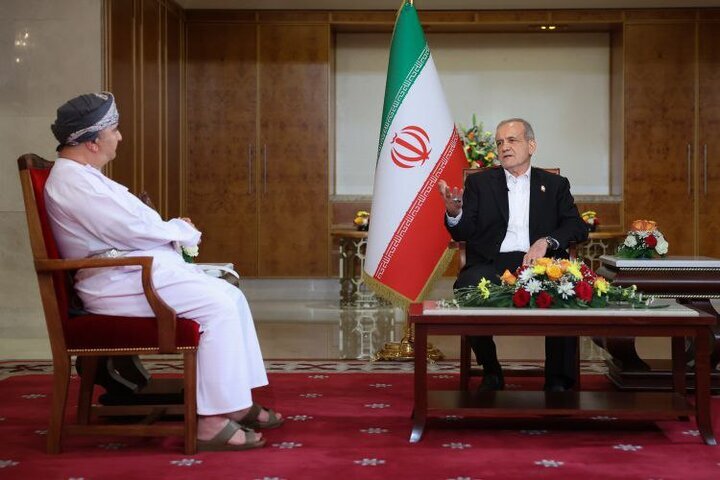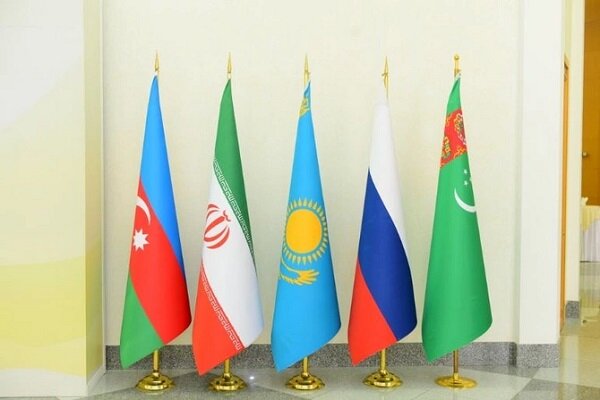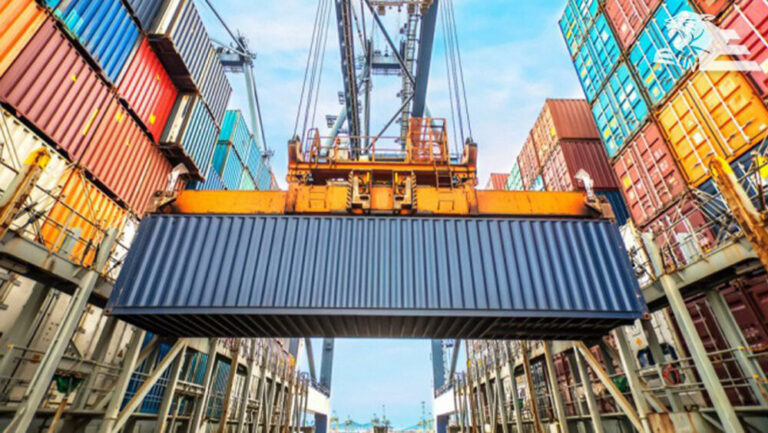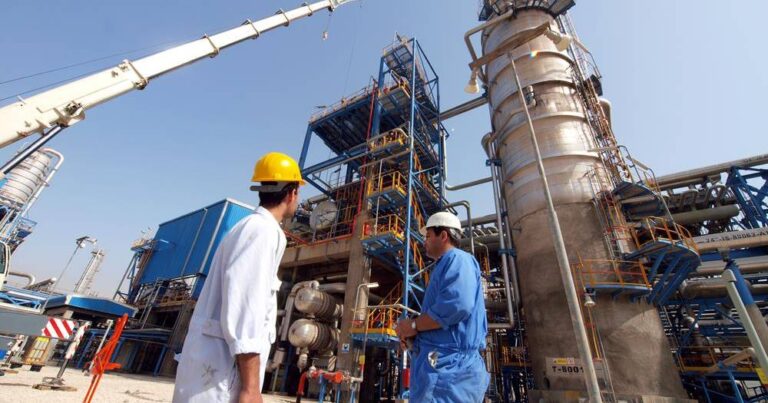
Similar Posts

Tehran Set to Welcome the 3rd Caspian Economic Forum: A Hub for Economic Growth and Collaboration!
The Caspian Economic Forum aims to enhance economic, trade, scientific, and technological cooperation among Caspian littoral states, addressing key issues in healthcare, energy, finance, tourism, and logistics. Discussions will focus on boosting trade, investment cooperation, transportation, environmental sustainability, energy collaboration, and innovation. The second day is significant as prime ministers are expected to sign a declaration to strengthen cooperation. Rooted in a 2018 agreement, the forum promotes continuous collaboration, with Iran hosting the next edition in 2024. The initiative seeks to establish frameworks for trade, attract investment, ensure energy security, and foster technological advancements, paving the way for regional stability and growth.

Iran Achieves Impressive $86 Million Trade Surplus by Late April
Recent data from the Islamic Republic of Iran Customs Administration (IRICA) indicates a shift in Iran’s foreign trade, with total trade reaching $5.798 billion and 10.756 million metric tons in shipments as of April 20. Compared to April 2024, there was a 3% decline in trade value and a 12% drop in volume. Exports rose by 8% to $2.942 billion, while imports fell by 2.3% to $2.856 billion, contributing to a significant trade deficit of $14.6 billion. Notably, non-oil exports, especially petrochemicals, showed strength, even amid overall economic challenges. The surge in gold imports reached $583 million in April.

OPEC SC Reports $17.4 Trillion Investment Surge Needed for Oil Industry’s Future
On February 5, OPEC Secretary-General Haitham Al Ghais visited Tehran, emphasizing strengthened ties with Iran and its strategic role in OPEC. Al Ghais held discussions with Iranian Oil Minister Mohsen Paknejad on global oil market challenges, stability strategies, and Iran’s contributions to OPEC. He underscored the need for unity among member nations to address energy sector challenges. Al Ghais also toured Iran’s Oil Monitoring Center, showcasing its technical capabilities. Meetings with President Masoud Pezeshkian highlighted Iran’s commitment to OPEC’s objectives. The visit signals enhanced cooperation and dialogue among OPEC members, vital for navigating the evolving energy landscape.

Controversy Erupts in Iran Over Putin’s Bold Tehran-Moscow Gas Transit Strategy
Russia and Iran are advancing plans for a significant gas pipeline, raising concerns within Iran about its own gas export capabilities. Russian President Putin announced plans to export up to 55 billion cubic meters of gas annually to Iran, with initial shipments projected to begin soon. Critics argue that this deal may undermine Iran’s gas industry and assist Russia in evading sanctions. While some believe the project could enhance Iran’s regional energy influence, challenges remain, including the need for infrastructure upgrades and competition from other gas producers. Overall, the initiative presents both opportunities and significant risks for Iran’s energy future.

Massive Layoffs: Iranian Oil Workers Dismissed Amid Wage Protest Uprising
In Iran, nearly 150 welders at the Tehran Refinery were dismissed amid protests over four months of unpaid wages, highlighting a crackdown on labor dissent. Additionally, 15 representatives of oil contract workers face potential dismissal for advocating better working conditions for around 120,000 workers. Despite ongoing protests since 2022, including demands for wage standardization and benefits, significant changes remain elusive. The Iranian government has intensified repression, resulting in layoffs, wage cuts, and legal repercussions for protesting workers. This situation raises serious concerns about workers’ rights in Iran as the government continues to suppress calls for fair treatment.
